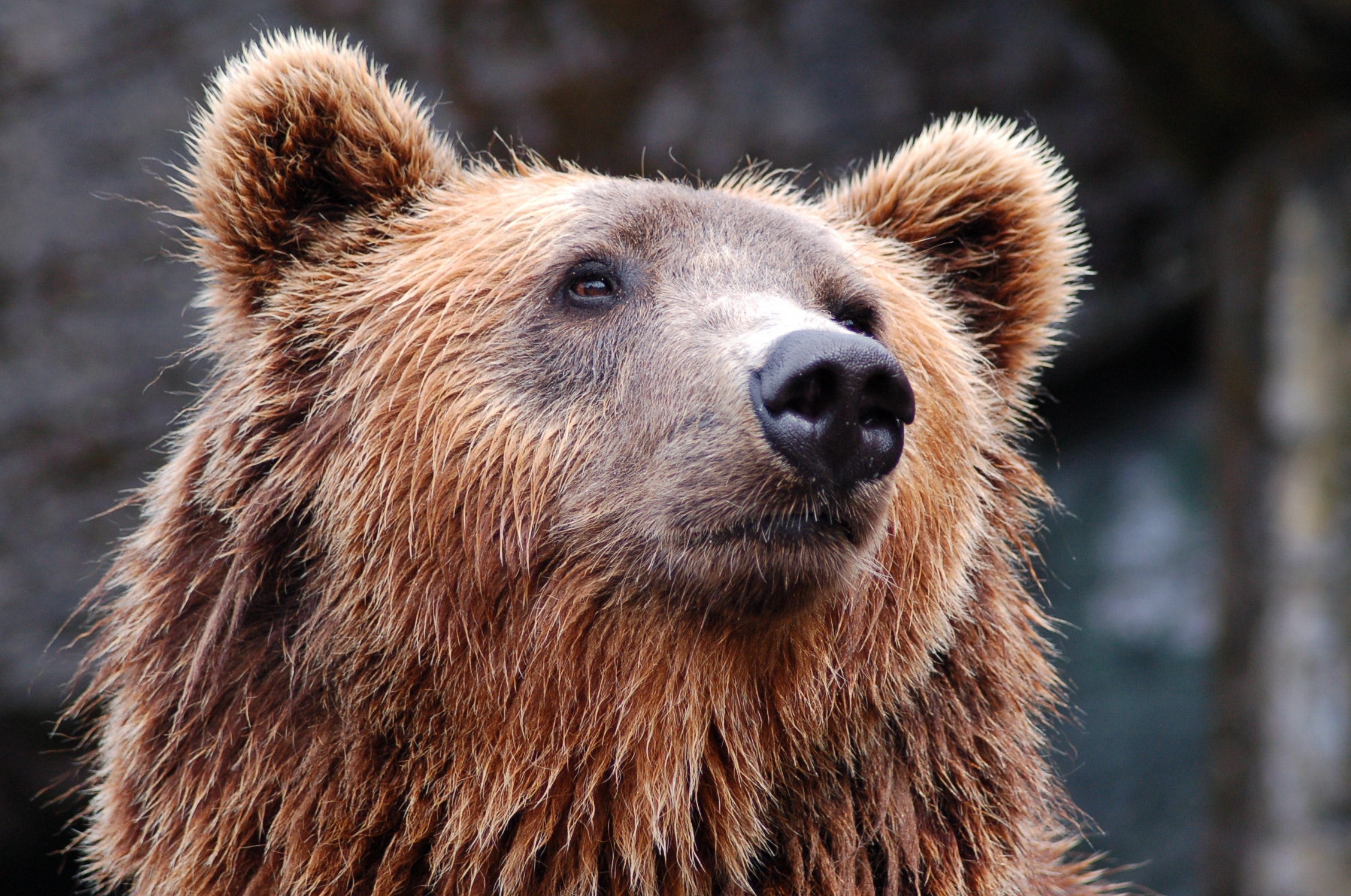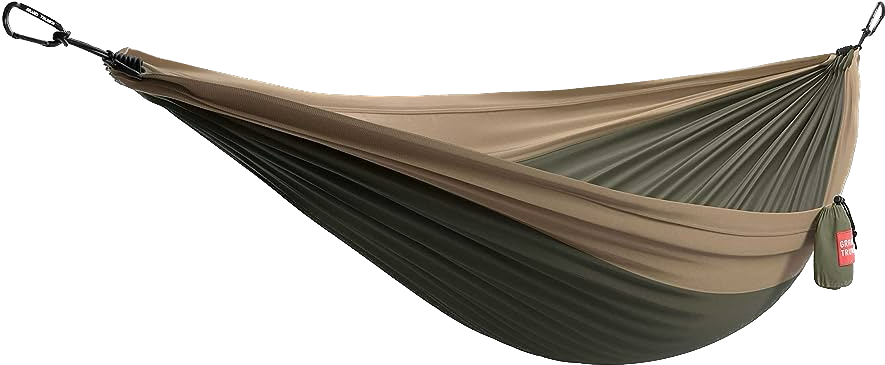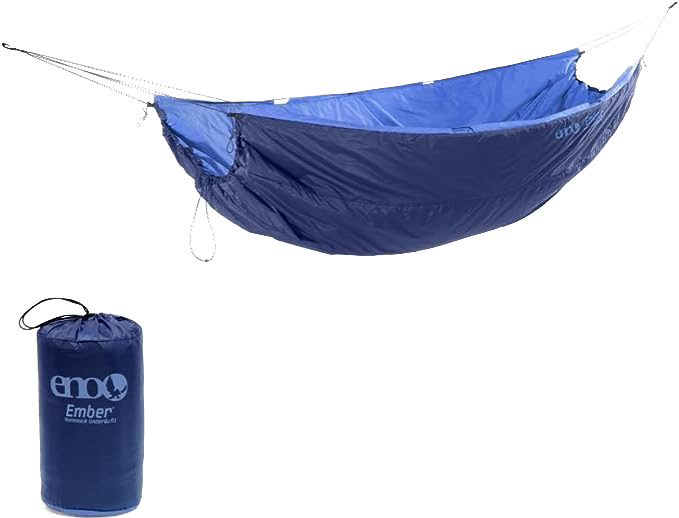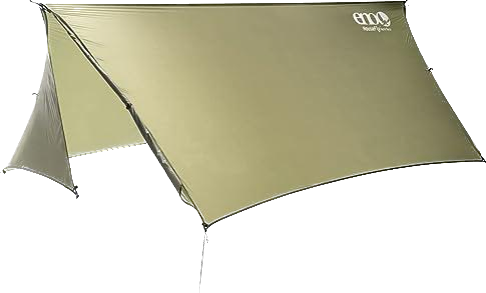Bear attacks are rare. However, they often lead to serious injuries or even death. If you are planning on hammocking camping in bear country, it is only natural to wonder if you’ll be safe sleeping in your hammock.
Encountering a bear while hammocking is very rare and it’s even more rare that they’ll attack. The chance of a bear attack is 1 in 232,000. If you take precautions such as keeping a distance from the game trails and storing foods and all scented items away from your hammock your likelihood of encountering a bear drops even more.
In this article, we’ll cover the basics for avoiding bear encounters while hammocking and tips on what to do in case you do have one cross your path.
How to Help Prevent Bear Encounters While Hammocking
Most bears attack campers when they feel threatened. Female bears with cubs are usually more aggressive if they see you approaching or when you surprise them.
With the following safety tips and recommendations, you can prevent or minimize encounters with grizzlies or black bears.
1. Use proper food storage techniques
Sometimes it is the food that attracts bears to your hammocking site. Whether you are a tent or hammock camper, do not store food where you sleep or in your pack. Bears are super smellers. For example, a black bear can smell a food source from over 1 to 2 miles away.
Keep food in your vehicle 100 or more feet away from the campsite. Or use a rope to suspend your food bag 10 or more feet off the ground and at least 6 feet away from tree trunks. Perhaps, the best option is to use bear-resistant food containers (bear canisters).
Also, don’t leave food scraps and garbage behind. Even the clothes you wear when cooking should be stored out of bear reach. If possible, do not cook near where you will set up your campsite.
It is worth highlighting that anything scented is potential food for bears. This includes drinks, canned goods, soaps, cosmetics, toothpaste, sunscreen, toiletries, and fuel.
2. Set up a hammocking campsite in a safe spot
The ideal location for your campsite is away from where animals are likely or tend to access. For example, your hammocking camping site should not be close to water.
Choose a spot at least 200 feet away from a water source and animal trails. Many wild animals, not just bears, use the nearby dirty ponds or streams day and night. That’s why you must stay out of sight as much as possible.
3. Adjust the hammock height
While not a perfect solution to avoiding bears, adjusting your hammock height to be a bit higher off the ground could help keep you safe if a bear decides to explore your campsite. Depending on the height of the bear, setting up your hammock well above the ground could help put you out of reach of the bear as well as any other wildlife. This is actually a big advantage of hammocks over tents when camping.
How to Prepare For a Bear Encounter
Start by researching the hammocking camping area. If bears are active in your area, here’s how to prepare for a bear encounter.
1. Carry Bear Spray
Even if the camping area in mind has no frequent sightings of bears, it’s best to arm yourself with a bear spray. It could save your life when you encounter an aggressive, charging, or attacking bear. Purchase an EPA-approved bear pepper spray and practice how to use it effectively.
2. Camp in groups
The loud noises that groups make when talking and laughing – as well as the music they play on their radios or other devices, may be intimidating to bears. Even if that wasn’t the case, staying close together reduces the risk of getting attacked if you accidentally run into a bear.
3. Know Your Area and Take Safety Precautions
Some actions can prevent escalating the situation and increase your chances of survival. Understanding what and what not to do is crucial. National parks and local areas will often have recommendations to keep you safe. This will not only help protect you from bears but also keep you safe from any other wildlife while hammocking.
What to Do If You Encounter a Bear

If you come across a bear while hammock camping, here are general safety precautions to keep in mind:
1. Do not run
Your instincts will tell you to run away from the bear. However, this can worsen the encounter. Running will make the bear assume you are prey and chase you down. Unfortunately, bears can easily outrun you, whether you run downhill or uphill. They can be as fast as a horse.
2. Stand still
There will be time for retreating, but first, make the bear recognize you are a human. Avoid screaming or yelling at the bear. Try speaking to bear in an appeasing voice without making direct eye contact and slowly wave your arms.
3. Stay calm
Try as much as possible not to panic. Keep talking to the bear in low tones. Most bears will wander off or stop their approach if they perceive you are not a threat.
While standing your ground, the bear may bluff charge to within a few feet to intimidate or scare you away. It may also pop its jaws, woof, yawn, growl, and salivate. That’s part of its defensive strategy.
4. Slowly back away
Once the bear stops approaching, walk away slowly while facing it. If it starts following you, stand your ground and make yourself appear larger.
For example, you can stretch your arm over the head and stand on a stump or an elevated spot. However, don’t try to climb a tree, as brown and black bears are excellent climbers.
5. Use a bear spray
If your retreating efforts do not help contain the situation, deter the bear with the spray. A bear spray has a 20ft spread at a 25ft range.



 Hello there, we're Vira Outdoors!
Hello there, we're Vira Outdoors!

